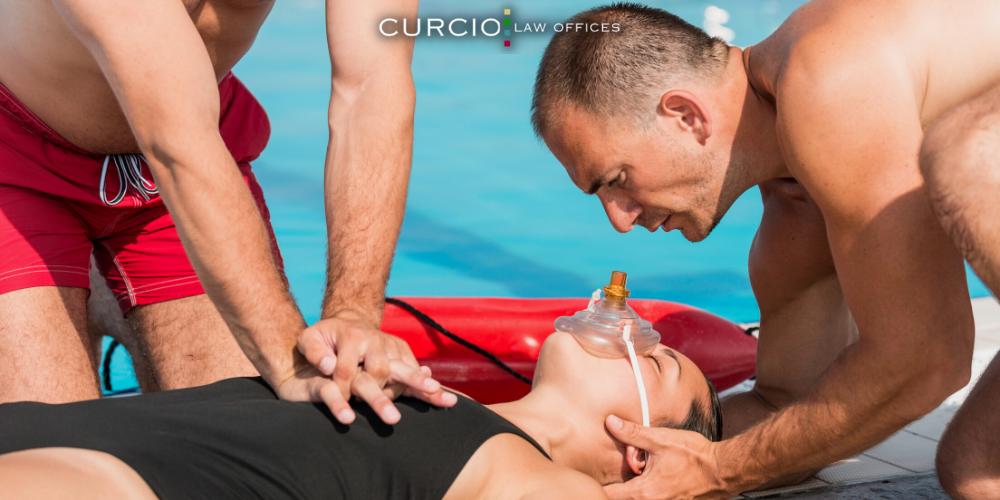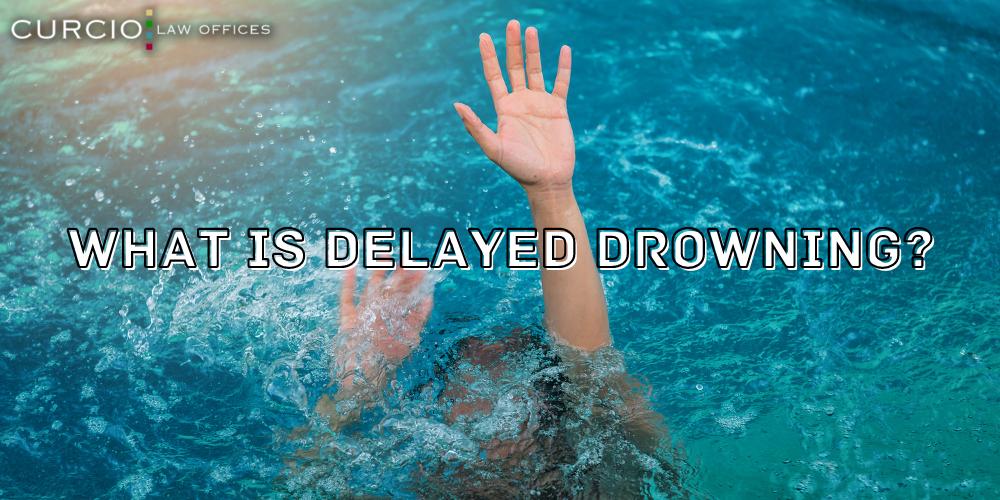According to CDC data, 4,000 fatal unintentional drownings and 8,000 non-fatal drownings occur every single year in the United States. We tend to hear about fatal drownings the most often, but we don’t hear much about submersion injuries that occur in those who survive drowning. One possible submersion injury that a drowning survivor can suffer from is a condition called delayed drowning, also known as secondary drowning. Warning signs of delayed drowning can include difficulty breathing, chest pain, coughing, and fatigue, and can appear within a few hours of the initial submersion incident. While rare, this condition can be just as deadly as an active drowning event. Below, we discuss everything you need to know about delayed drowning, as well as water safety and whether or not you can sue for submersion injuries.
If you or your child has suffered catastrophic injuries or wrongful death from a drowning accident, you may have grounds to take legal action in Illinois. Call our Chicago drowning accident lawyers at 312-321-1111 to schedule a free consultation today.
How Many Children Drown Every Year in the U.S.?
Unfortunately, both fatal and non-fatal drowning accidents are very common in the United States, especially among children. In fact, drowning is the number one cause of death among 1 to 4 year old children in the U.S., and the second cause of death among 5 to 14 year old children in the U.S. according to CDC data.
What is Delayed Drowning?
We all know that drowning occurs when someone suffers from respiratory impairment due to being submerged in water. Drowning prevents someone from receiving enough oxygen to the brain and other vital organs, even still, it’s not always fatal.
Most people who survive drowning go on to have good health and normal lives. Occasionally though, drowning victims can suffer a variety of injuries and delayed symptoms. This is what delayed drowning, or secondary drowning, is. It’s a complication that occurs after the initial drowning incident. It causes pulmonary edema, which is a fancy medical term to describe when water gets into the lungs. When enough water gets into the lungs, the lungs’ lining can become inflamed, and the person will struggle to get enough oxygen even if they’re no longer actively drowning in standing water. Without emergency medical care, delayed drowning can lead to death.
Delayed Drowning vs. Dry Drowning
There is another near-drowning complication known as dry drowning. Dry drowning occurs when someone inhales water during a drowning incident which causes the airway and vocal chords to spasm. Unlike delayed or secondary drowning, water does not actually enter the person’s lungs due to the spasming of the airway. Dry drowning can rarely lead to death, especially without quick medical help, because the vocal cords don’t relax enough to let enough oxygen into the lungs.
How Common is Dry Drowning and Secondary Drowning?
Both dry drowning and secondary drowning are very rare complications. In fact, Dr. James Orlowski tells WedMD that these complications only occur in 1% to 2% of all near drowning incidents. Still, it’s crucial to monitor yourself or your child for secondary drowning symptoms after a close call.

Symptoms of Delayed Drowning
Signs and symptoms of delayed drowning can include:
- Any kind of breathing abnormalities: trouble breathing, labored breathing, fast breathing, etc.
- Persistent coughing or choking
- Chest pain
- Extreme fatigue and sleepiness
- Bluish lips
- Irritability
If you or your child are experiencing these symptoms after a near drowning event, seek medical attention immediately.
Treatment for Delayed Drowning
Mild secondary drowning symptoms can improve with minimal medical care, but still, it’s important to get checked out at the emergency room just to be safe.
Moderate to severe secondary drowning symptoms will likely require a chest X-ray, IV fluids and medications, and medical observation. This means that doctors will regularly check the child’s vital signs, such as their oxygen level. If they are still struggling to breathe, they may need help from a breathing tube.
Can You Sue for a Drowning Accident?
Yes, you may have grounds to sue for a drowning accident and/or drowning complications if they were a direct result of negligence. A lifeguard who fails to notice and save a drowning child is a clear example of negligence. Another example of negligence could include premises liability violations at a public pool, which caused a swimmer to slip, trip, fall, and drown. Negligent parties can be held liable for all sorts of drowning accidents – fatal ones and ones that result in secondary drowning complications. Chicago premises liability attorneys are dedicated to seeking justice for these victims.
A Chicago drowning accident lawyer at Curcio & Casciato can analyze the details of your case and help you determine if you have grounds to sue and recover damages. Victims or parents of victims may have grounds to recover a variety of damages for a drowning accident, including medical bills, lost wages, pain and suffering, funeral and burial expenses, etc.
How to Prevent a Child Drowning Accident
The best treatment is prevention, as they always say. In order to prevent drowning, dry drowning, and secondary drowning, all parents and swimmers must practice water safety.
Swim Lessons
As previously stated, children are always the most at risk for a near drowning incident. The best way to prevent a life or death drowning event is to enroll kids in swimming lessons as early as possible, usually between the ages of 3 and 5. This will give them the confidence and skills to save their own lives in situations where lifeguards or adults aren’t being watchful enough.
Monitor Children in the Water at All Times
This leads us to our second method to prevent dry drowning and secondary drowning. At least one adult (but preferably more adults) should keep a close eye on kids as they swim. Even strong swimmers can have accidents. Additionally, a near drowning incident can occur within seconds of looking away.
Use Life Vests or Floaties
Kids who are not strong swimmers, or who are very young, should either wear a life jacket or arm floaties at all times while swimming. Life jackets and floaties are also crucial on boats, in extremely shallow bodies of water, and during water sports.
Pool Barriers or Gates
Lastly, all parents with a backyard pool, lake, or pond should consider installing some kind of barrier or gate. This barrier or gate should be difficult for a child to unlock and pass through. Sometimes, it’s impossible to keep your eye on one or more kids at every single moment. Within a blink of an eye, they can escape and get into life-threatening trouble. A gate around a potentially dangerous body of water could save a life and give you peace of mind.

Call Chicago Drowning Accident Lawyers at Curcio & Casciato Today
If you or your child has suffered a fatal drowning accident or life-threatening complications from a near drowning event due to negligence, you may have grounds to file a civil lawsuit. The legal team at Curcio & Casciato has decades of combined experience in handling all sorts of wrongful death and personal injury cases, including those that involve drowning events. Call our Chicago personal injury attorneys and our Chicago wrongful death attorneys at 312-321-1111 to schedule a free consultation at our law firm today.



